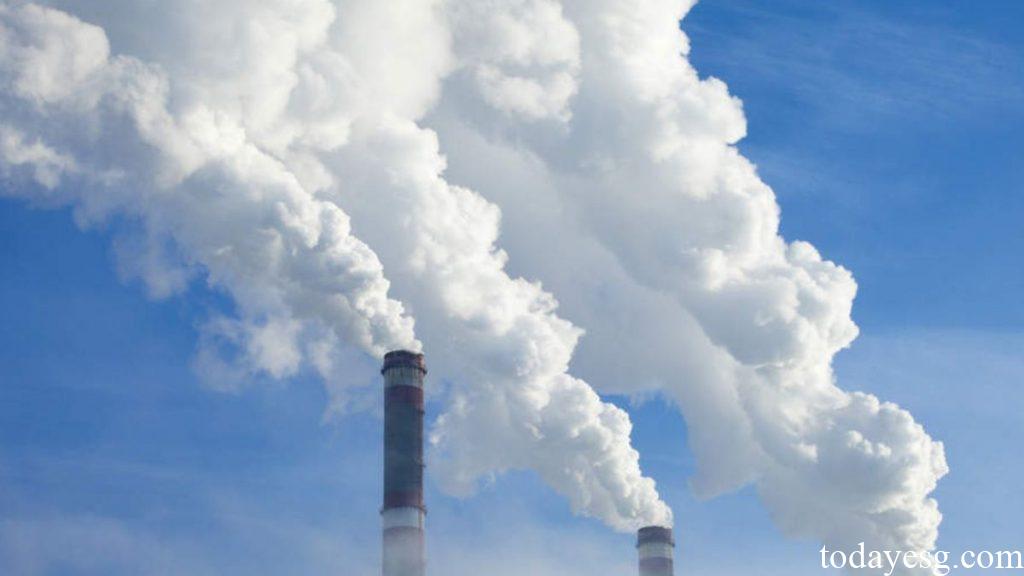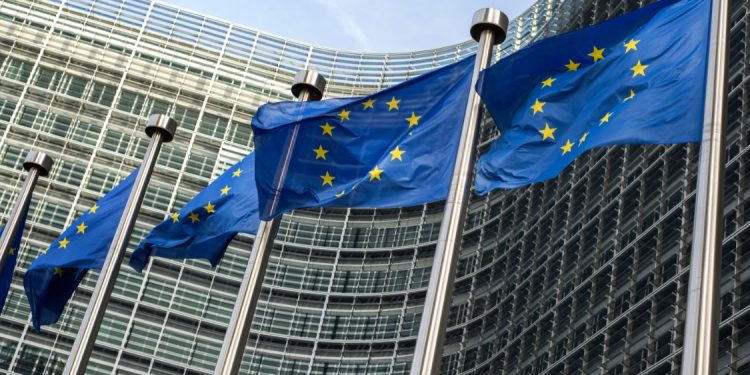Agreement on Reducing Carbon Emission
The European Parliament officially approves a 500 million tons carbon emission reduction agreement, aiming to reduce fluorinated gases (F-gases) and ozone-depleting substances on a large scale.
The carbon emission reduction agreement adopted this time will reduce 500 million tons of carbon dioxide emissions by 2050, helping to achieve the EU’s 55% emission reduction goal in 2030 and climate neutrality in 2050.
Related Post: EU Deploys Revenues from Emission Trading System
Background to the Carbon Reduction Agreement
Fluorinated gases and ozone-depleting substances are powerful man-made greenhouse gases that have a negative impact on the climate that is more than a thousand times greater than carbon dioxide. Due to rising global temperatures, the use of these gases is growing rapidly (mainly in refrigeration appliances). Fluorinated gases and ozone-depleting substances currently account for more than 3% of the EU’s total greenhouse gas emissions.
In 1987, the world adopted the Montreal Protocol of the Vienna Convention on Substances that Deplete the Ozone Layer, which proposed a phase-out schedule for fluorinated gases and ozone-depleting substances. The EU has developed plans based on the Montreal Protocol and plans to achieve its goals years ahead of schedule.

Agreement on Fluorinated Gas Reduction
Fluorinated gases currently account for 2.5% of the EU’s total greenhouse gas emissions, and the new emissions reduction agreement will reduce carbon dioxide emissions equivalent to 300 million tons by 2050. The contents of the emission reduction agreement include:
- Set goals: The agreement reduces quotas for fluorinated gases and plans to reduce the use of hydro fluorochemicals (HFCs) by 95% by 2030 and to zero by 2050. Starting in 2025, the quota price for hydrofluorocarbons will be adjusted to 3 euros per ton of carbon dioxide.
- Limit use: The agreement requires that fluorinated gases can only be used in new equipment where there are no suitable alternatives. From 2025, new air conditioners, heat pumps and electrical equipment must use the most environmentally friendly gases.
- Export control: Equipment manufactured in the EU using fluorinated gases in the past cannot be exported to other countries and regions.
- Reduce costs: Research on new climate-friendly equipment to reduce energy costs and improve consumer preferences.
Agreement on Ozone-depleting Substances Reduction
The European Union has banned the use of ozone-depleting substances in new equipment, and the new agreement will reduce the equivalent of 200 million tons of carbon dioxide emissions by 2050. The contents of the emission reduction agreement include:
- Establish a goal: Ozone-depleting substances need to be recovered or destroyed from insulating foam during building renovations and demolitions. Ozone-depleting substances used in industry will also be strictly regulated.
- Streamline: reducing past quotas and registration requirements and adopting new management systems.
Reference:
New Rules to Limit F-gases and Ozone Depleting Substances
ESG Advertisements Contact:todayesg@gmail.com








